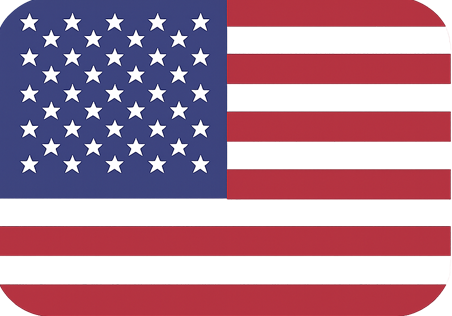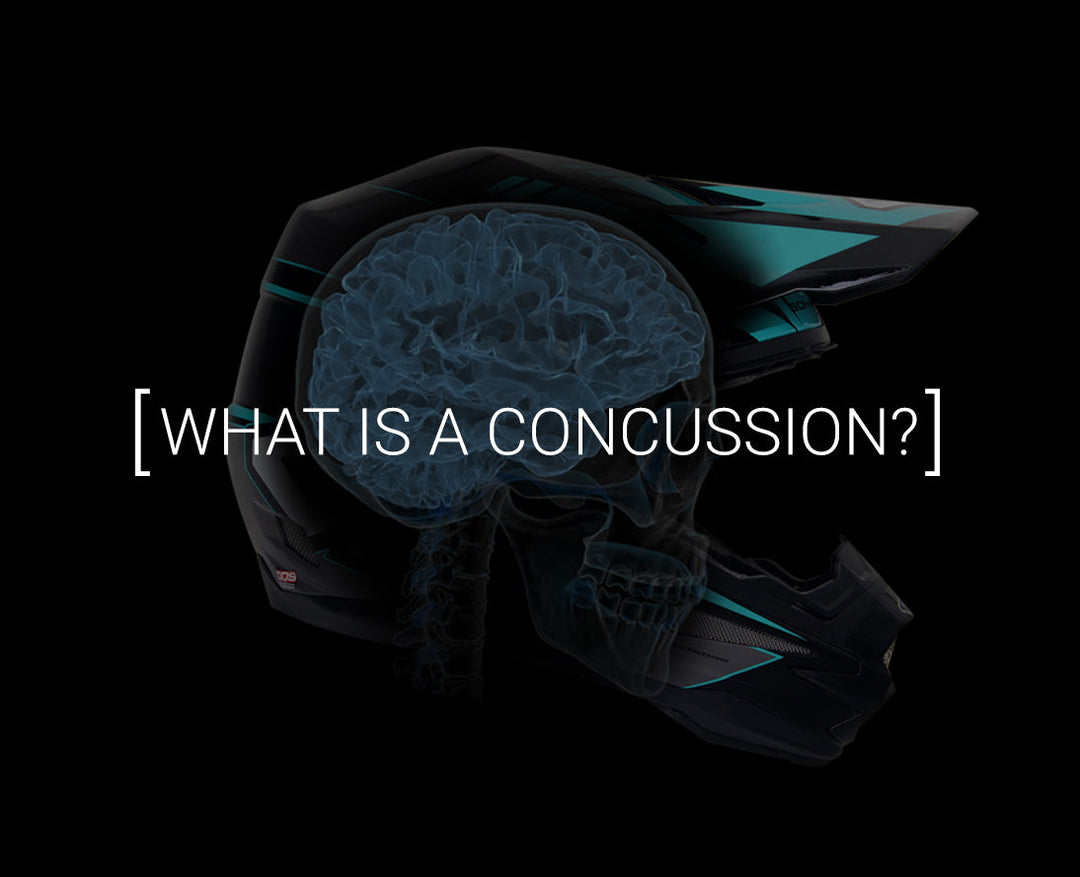Using Stem Cells to Treat TBI

We’re always interested in learning more about new research in the area of brain health, so when we heard about a study that involved UCLA-UCI Alpha Stem Cell Clinic—two universities not far from our Southern California headquarters—we reached out to personnel with SanBio’s Study of Modified Stem Cells (SB623) in Patients With Chronic Motor Deficit from Traumatic Brain Injury (STEMTRA): A Double-Blind, Controlled Phase 2 Study of the Safety and Efficacy (NCT02416492). Dr. Leonid Groysman, MD, from UC Irvine the Department of Neurology, in the UCI School of Medicine, walked us through the research.
Can you give us a scientific overview of the study?
We study therapeutic effects of stem cells in patients dealing with aftermath of traumatic brain injury. The brain lesions, resulted from trauma, disrupt connections between important brain structures and leave patients unable to perform routine activities. We expect that the study stem cells, injected into the lesions, will promote regeneration of normal brain connections and improve patients’ ability to function.

How are the patients chosen?
We are proud to be a part of this exciting study, which enrolls patients around the country and the globe—including countries like Ukraine and Japan. To participate in the study, the person must meet strict criteria and be able to give written consent. After initial interview, we perform a brain MRI scan in order to identify lesions responsible for physical deficits.
How have these patients typically entered this condition?
People may sustain traumatic brain injury in motor vehicle accidents. Some of our patients had falls or were injured while boating, skiing, or car surfing [riding outside of cars]. The most important determinant of the outcome is the location of the resulting lesions. The majority of people suffer damage to the frontal lobes, with minimal motor or cognitive deficits. Damages to deeper brain structures caused significant impairment.
…the majority of the young people who had quite significant TBI were using bikes, scooters, and skateboards.
One would imagine that some riders who suffer serious motorcycle or bicycle accidents might be candidates.
Yes, of course. During the enrollment process, we encountered a lot of patients with traumatic brain injuries who sustained damage from accidents while biking or skateboarding. In cars, as long as people are secured with a seatbelt, they don’t typically suffer severe TBI these days. I guess the auto industry has improved the safety significantly. However, the majority of the young people who had quite significant TBI were using bikes, scooters, and skateboards.
Can you explain the research process?
Once enrolled in the study, the patients are randomly divided into two major groups. Both groups undergo surgical intervention performed by UCI Neurosurgeon and principal investigator, Dr. Jefferson Chen, MD. The first and the largest group of patients will receive stem cells injected around the lesion with the hope that these cells will migrate and eventually regenerate the brain. The second group undergoes surgery without injection of the cells and serves as a control. After the procedure, the patient receives regular checkups where we measure the ability to move affected extremities. It’s an objective test conducted by physical therapists. Eventually, the data will be compared across the groups.
What led you to get involved?
The trial sponsors invited UCLA-UCI Alpha Stem Cell Clinic to join the study, based on our strong clinical and research reputation. Initially, these cells were studied in stroke patients. The results of the initial study are very optimistic: all the measurement scales showed significant improvement in the patients’ ability to move the affected extremities. The TBI study builds upon the initial success in stroke patients.
What are your thoughts on the research?
I really like the idea of these particular stem cells because they have shown to disappear from the brain within one month, once they’re done with their work. That makes it safer, because some progenitor stem cells may evolve into tumors, and that would be my major concern. In my opinion, these particular cells are the safest available on the market.
How has the study been going?
We’re completing the study’s second phase. We suspect that once the data is analyzed and there are no significant red flags, the study may continue with the third phase. If this experimental therapy shows benefits, it’s definitely a great breakthrough that will give hope to millions of people.
If you know someone who could be a potential patient in a possible phase 3 of this study, contact the UCLA-UCI Alpha Stem Cell Clinic at stemcell@uci.edu or at 949-824-3990.


 US
US
 UK
UK




Leave a comment